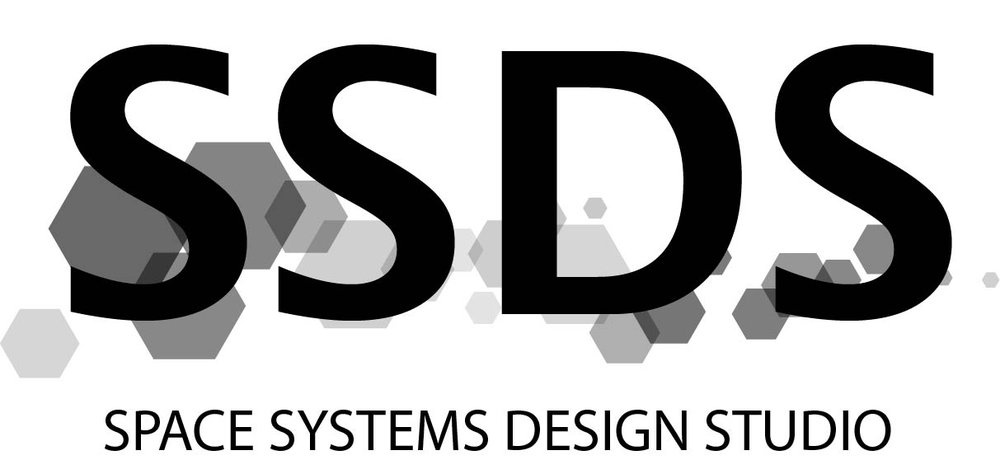Lunar CubeSat: "Cislunar Explorers"
The Cislunar Explorers is a streamlined, sustainable spacecraft with the flexibility for launch at any latitude to achieve insertion into geosynchronous transfer orbit (GTO) that raises apogee until it escapes Earth’s sphere of influence (SOI). It acts as a self-propelled engineering demonstration, proving the technology readiness of water as fuel, simple optical navigation, and more. Key subsystems complement each other in a decoupled design aimed at reducing the cost and complexity of space exploration.
The NASA Centennial Challenges program announced the results of the fourth and final Ground Tournament in the 2016 CubeQuest Challenge. Our spacecraft won first place and was selected to fly as a secondary payload on the Artemis 1 mission. Our design was competitive and elegant, yet the best decision for the team was to upgrade from a “6U” CubeSat to a “12U” CubeSat to reduce overall mission risk. This decision caused us to withdraw from NASA’s offer for our payload to fly on the Artemis 1 mission. While this was unfortunate, we are designing the 12U CubeSat to be more successful.
The goal of the redesign of Cislunar Explorers into a 12U CubeSat architecture is to reduce risk and increase chances of mission success by redefining mission objectives, decoupling symbiotic technology demonstration subsystems, reducing the cascading risk of the separation mechanism, and introducing necessary redundancies. Its size is similar to that of a small suitcase and will hitchhike into space alongside a larger spacecraft as a secondary payload.
We aspire that our spacecraft will become among the first CubeSats to depart from Earth’s SOI. Success will prove the viability of water electrolysis propulsion and interplanetary optical navigation, both of which will contribute to expanding the capabilities of the CubeSat platform.
The Cislunar Explorers spacecraft leverages simple physics. The concept is a single rectangular 12U. There is are two tanks of water off-center from the spin axis. That water is electrolyzed, using power generated from solar panels, into a mixture of hydrogen and oxygen gas–excellent rocket propellant. The spacecraft spin helps separate the combustible gas from the inert water like a centrifuge.
That spin also gives the spacecraft angular momentum, just like a top or gyroscope. In the event of any wobbling of the spacecraft spin axis, the water in the propellant tank will slosh around and serve to passively damp away these unwanted oscillations. Therefore, the spin that is necessary for our propulsion subsystem to function turns out to be kept steady by that very same subsystem! We are utilizing dual tanks so when we electrolyze, our center of mass does not change off of the spin axis.
We chose to use water because it is abundant on Earth and elsewhere in the solar system. Currently, the distance spacecrafts can travel is limited by resources like finite gas, or resources in the rover or ship. That is not sustainable and limits the possibilities of space travel. Our mission would be the first step to achieve In Situ Resource Utilization of water as propulsion for future spacecraft missions, by using water vapor as the gas.
Our spacecraft will demonstrate a novel navigation and attitude determination acquisition technology by taking pictures of the Sun, Moon, and Earth using and applying image recognition using their onboard computers. This optical navigation (OpNav) system uses inexpensive cameras, computer vision, and math to determine our CubeSat’s location and orientation. Ultimately, we will use heritage navigation and attitude determination sensors to determine the navigation and attitude, not optical navigation, to characterize optical navigation.
The 6U Cislunar Explorers CubeSat architecture relies on symbiosis between the propulsion system and Attitude Determination Control and Navigation System (ADCNS), which includes OpNav. This architecture solely relies on the novel OpNav technology for navigation and attitude acquisition.
The 12U CubeSat architecture implements redundancy in hardware with decoupled subsystems that can function independently from one another. Multiple ADCNS thrusters induce the spin-stabilized behavior for the symmetric, dual-tank propulsion system. The OpNav system is a secondary ADCNS sensor whose results are compared with heritage ADCNS solutions to characterize its fidelity for future missions.
FAQs
Q: How can I contact the Cislunar Explorers?
A: The best way to contact us is through email, at cornellcislunarexplorers@gmail.com.
Q: Are you currently accepting applications for Spring 2023?
A: We are unfortunately no longer accepting applications at this time. Our next round of recruitment will be for the summer of 2023, so check back here on 5/16/2023 for more information about the application.
Q: Can I be in Cislunar Explorers (a research team) and a project team at the same time?
A: Yes.
Q: I’m not an engineer. Can I still be involved?
A: Of course! Many of our members are in Arts and Sciences and Engineering, but some members are in other colleges. There are a variety of positions on the main page that details requirements for each position, with a multitude to which non-engineers can apply.
Q: What if I want to apply to more than one subteam?
A: You are more than welcome to indicate your interest in more than one subteam, but for your first semester you will likely focus on one.
Q: Is it possible to get credit from this research team?
A: Yes, members can receive anywhere from 1 to 4 credits depending on their level of involvement.
Q: If I am a freshman with no technical experience, can I still apply?
A: Our research team and lab supports members from freshmen to PhD candidates, and we have different expectations of our freshmen applicants and our graduate school applicants. Our team has freshmen members so please do not stop yourself from applying. We have a holistic approach in accepting applicants.
Q: Could Cislunar Explorers fulfill a senior design project or MEng project?
A: Yes, depending on major, get specific information from faculty advisor about which class to enroll in.
Q: Can I take Cislunar Explorers for pay?
A: No, SSDS does not offer research positions for pay.



